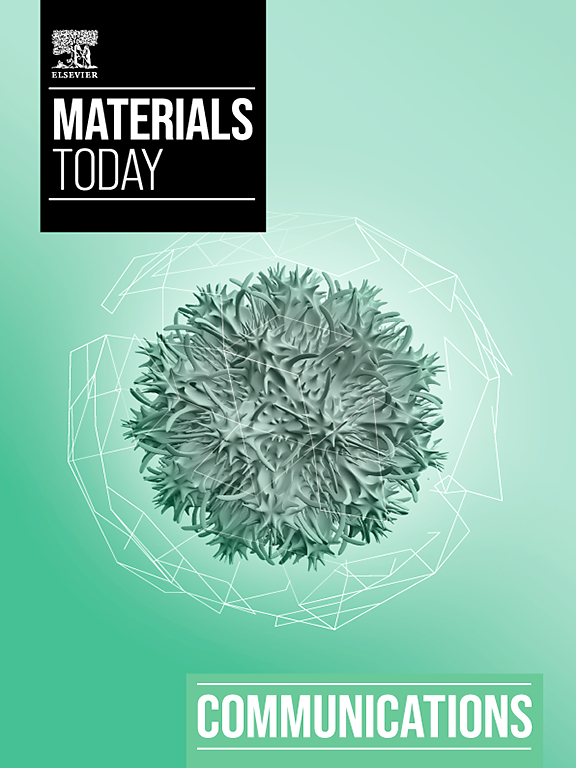超声波震荡表面处理技术对 TIG 电弧熔炼 FeCrMnCuNiSi 高熵合金镀层的显微组织、力学和腐蚀性能的影响
IF 4.5
3区 材料科学
Q2 MATERIALS SCIENCE, MULTIDISCIPLINARY
引用次数: 0
摘要
超声波冲击处理对通过氩弧焊熔化制备的高熵合金(HEA)涂层的微观结构、力学和性能的影响。实验结果表明,超声波冲击处理消除了高熵合金涂层内金属元素的聚集或偏析。声流的搅拌效应使金属元素在枝晶和枝晶间区域的分布更加均匀。高熵合金涂层的平均晶粒尺寸减少了约 55%(从 253 μm 减小到 112 μm),平均显微硬度从 535 HV 增加到 612 HV,耐磨性提高了约 40%。此外,涂层的纵向拉伸强度也得到了提高。涂层在 3.5 wt% 氯化钠溶液中的腐蚀电位从 -507 mV 上升到 -392 mV。耐腐蚀性提高了约 23%,腐蚀类型机制从晶间腐蚀转变为均匀腐蚀。这些研究结果表明,超声波冲击处理技术具有重要的研究价值和广阔的应用前景,特别是在改善金属成型过程中的机械性能和耐腐蚀性方面。本文章由计算机程序翻译,如有差异,请以英文原文为准。
The impact of ultrasonic shock surface treatment technology on the microstructure, mechanical and corrosion properties of FeCrMnCuNiSi high-entropy alloy coating via TIG arc melting
The effects of ultrasonic impact treatment on microstructure, mechanical and properties of high-entropy alloy (HEA) coatings prepared via TIG arc melting. The experimental results indicate that ultrasonic impact treatment eliminates the aggregation or segregation of metal elements within the high-entropy alloy coating. The acoustic stream's stirring effect results in a more uniform distribution of metal elements between dendrites and interdendritic regions. Additionally, ultrasonic impact treatment also strengthens the diffraction peak of the face-centered cubic (FCC) phase, which intensifies the distortion trend in the high-entropy alloy.The average grain size of the high-entropy alloy coating was reduced by approximately 55 % (from 253 μm to 112 μm), the average microhardness increased from 535 HV to 612 HV and the wear resistance improved by about 40 %. Additionally, the longitudinal tensile strength of the coating was also enhanced. The corrosion potential of the coating in a 3.5 wt% NaCl solution increased from −507 mV to −392 mV. The improvement in corrosion resistance of was about 23 %, the corrosion type mechanism changed from intergranular corrosion to uniform corrosion. These findings suggest that ultrasonic impact treatment technology has significant research value and promising application prospects, particularly in terms of improving the mechanical properties and corrosion resistance of metals during the forming process.
求助全文
通过发布文献求助,成功后即可免费获取论文全文。
去求助
来源期刊

Materials Today Communications
Materials Science-General Materials Science
CiteScore
5.20
自引率
5.30%
发文量
1783
审稿时长
51 days
期刊介绍:
Materials Today Communications is a primary research journal covering all areas of materials science. The journal offers the materials community an innovative, efficient and flexible route for the publication of original research which has not found the right home on first submission.
 求助内容:
求助内容: 应助结果提醒方式:
应助结果提醒方式:


